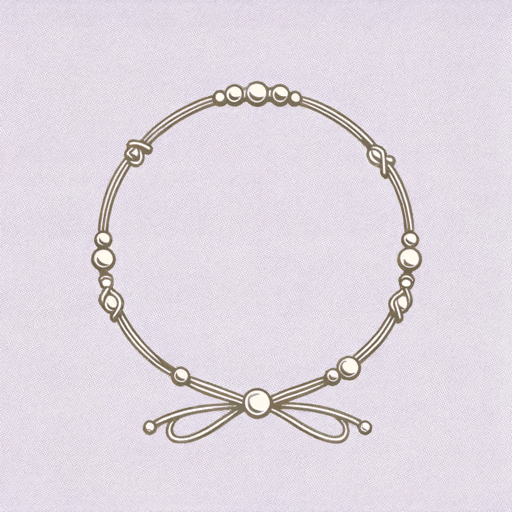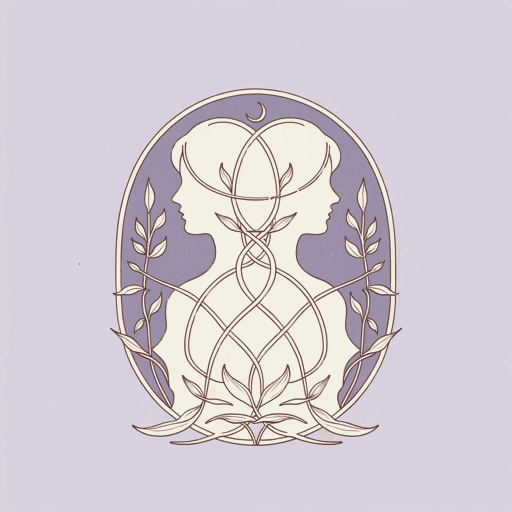74 pages • 2 hours read
Elena FerranteThe Story of the Lost Child
Fiction | Novel | Adult | Published in 2015A modern alternative to SparkNotes and CliffsNotes, SuperSummary offers high-quality Study Guides with detailed chapter summaries and analysis of major themes, characters, and more.
Themes
Intelligent Women Navigating a Patriarchal Society
As Lila and Elena mature and reach the height of their intellectual and social power, they present a brand of intelligence that eludes the men in their lives. The last Neapolitan novel shows how this type of intelligence contends with the norms and expectations of the patriarchal society the women continue to exist in.
Eminent academic Nino has always envied Lila and Elena’s intellect, which seems to stem from a natural brilliance, rather than schooling. He especially covets Elena’s ability to put her ideas into words and confesses that he discarded the article she wrote in high school for a student magazine because “he couldn’t believe that someone could write in such a pleasing and intelligent way” (68). Here, “someone” is a cover for Nino’s astonishment that a woman could write well enough to outshine him. Still, as Nino matures, he accepts that many women are smarter than him and instead uses his charm to parasitically rise on their successes and advance his career.
Meanwhile, Elena also draws upon a particular type of feminine intelligence for her success: that of Lila who, although she has a fifth grade education, is capable of astonishing eloquence and originality of thought. While Lila assisted Elena with that early destroyed article, Elena’s interactions with her friend remain a constant for her writing, and as the final novel advances, she acknowledges that Lila’s influence and that of the neighborhood prevents her from being purely derivative.
Related Titles
By Elena Ferrante

My Brilliant Friend
Elena Ferrante

The Days of Abandonment
Elena Ferrante

The Lost Daughter
Elena Ferrante

The Lying Life of Adults
Elena Ferrante

The Story of a New Name
Elena Ferrante

Those Who Leave and Those Who Stay
Elena Ferrante

